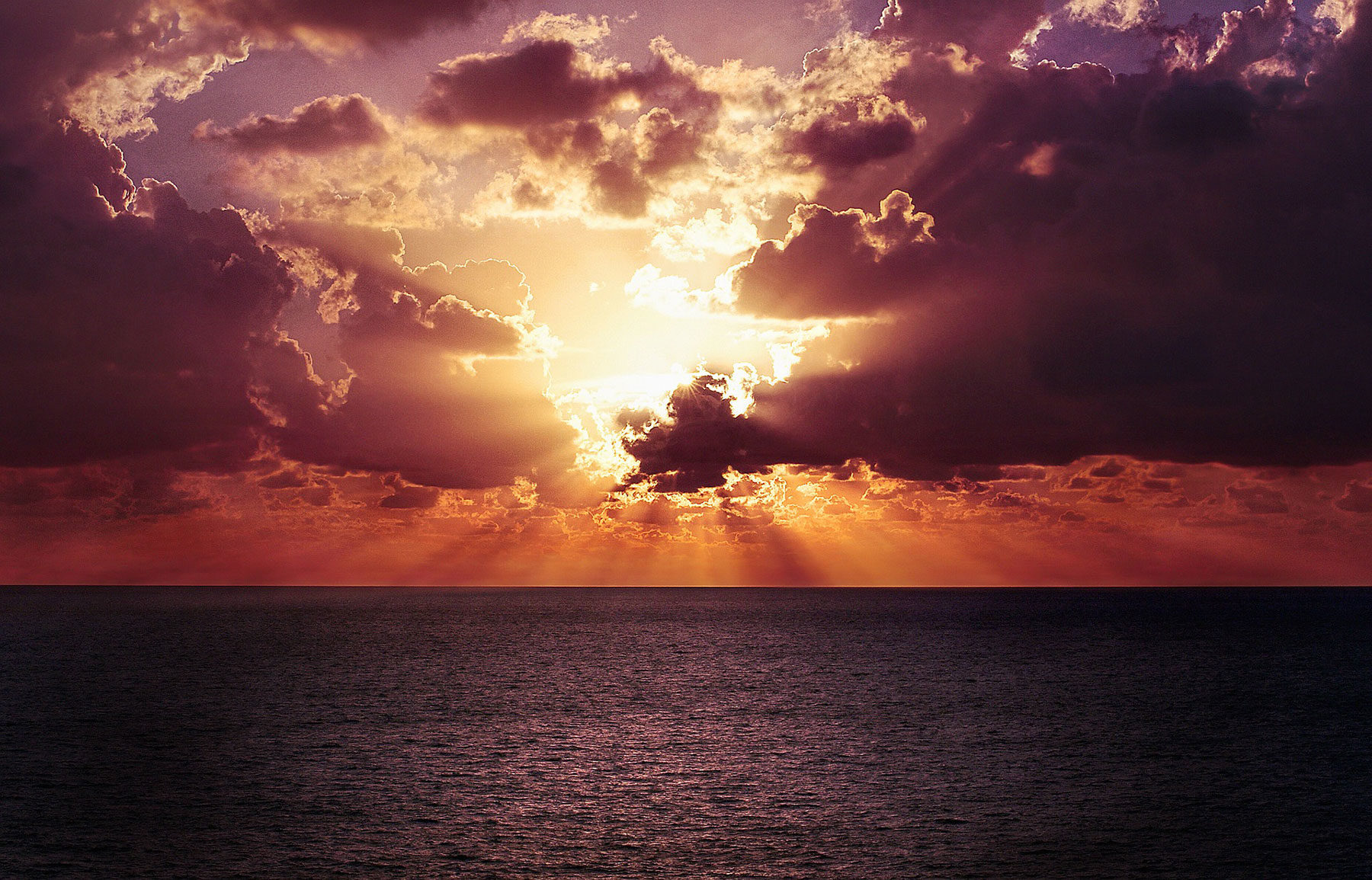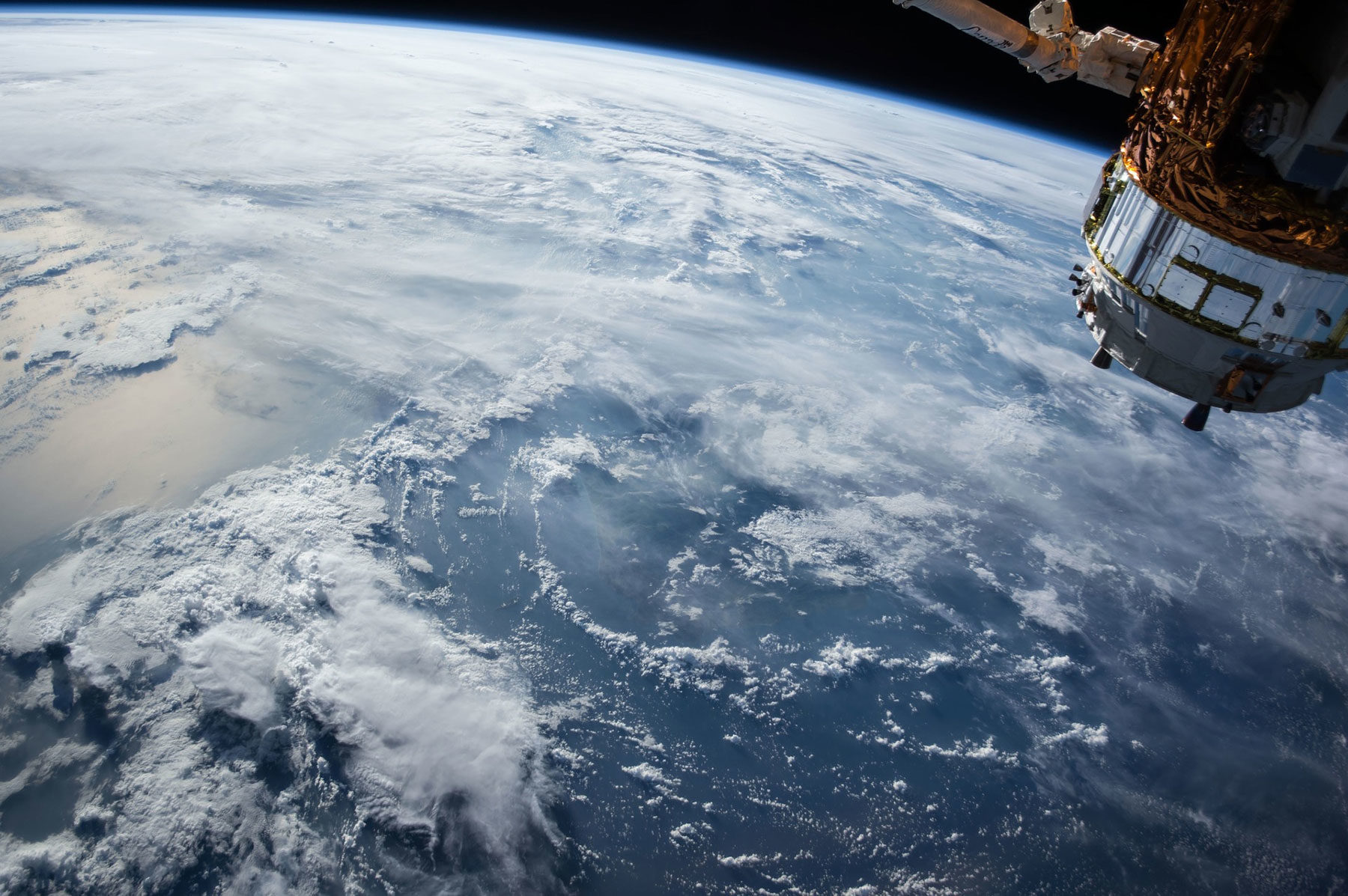You long for solitude? A lonely place devoid of all people, with no mobile network, no WLAN or other undesired impacts of human civilisation? We have found the perfect spot for you.

The Croatian surveying technician must have been either quite bored or very excited back on that day in 1992, when his computer finally spat out the result after long, tedious days of computing: 48°52.6′S, 123°23.6′W.
What is there to warrant endless days of blocking precious computing hours? Nothing. The coordinates describe a location in the Pacific Ocean that is the farthest from any landmass that you can be. A forlorn place, devoid of people. And everthing else, to be exact. You are surrounded by water. Lots of it. The closest land is exactly 2.688 kilometres away. You may choose between Ducie in the north (a sandy, uninhabited atoll of the Pitcairn Islands), Motu Nui towards the northeast (an uninhabited island belonging to Rapa Nui) and Maher Island in Antarctica. This spot in the middle of nowhere even has its own name: “Point Nemo”. And no, it is not “Nemo” for the cute, little, lost clownfish in Pixar’s Finding Nemo (2003) but for Captain Nemo from Jules Verne’s 20,000 Leagues Under the Sea. The extra nitpicky might add that this name is derived from the Latin “nemo” for “nobody”. How very apt. “Nobody” is exactly what you will find if you choose to embark on the four-week passage (round trip) into the middle of nowhere.
Well, humans may not be that far away after all. It is a fact that the International Space Station (ISS) circles Earth at an altitude of slightly above 400 kilometres. This brings you closer to the astronauts on ISS than to any other human on Earth.

Speaking of astronauts… NASA and some other space agencies use Point Nemo as a watery graveyard for controlled re-entries of burnt-out propulsion stages and other space debris. The chance to harm people is vanishingly small and wildlife is considered to be safe as well. Thanks to the huge South Pacific gyre nutrient-deficient water is collected in a huge swirl here, rendering this area of the Pacific rather unattractive for marine life. The Russian space lab MIR re-entered the lower atmosphere only to find its final resting place in the depths of the Pacific Ocean in 2001. In all likelihood the ISS will share its fate in 2024. It is a great pity that the water depths here are beyond good and evil for diving. Imagine the ultimate wreck diving experience!
Fotos:
Point Nemo – Google Earth
Horizon by Free Photo – Pixabay
Satellite by Free-Photos – Pixabay
